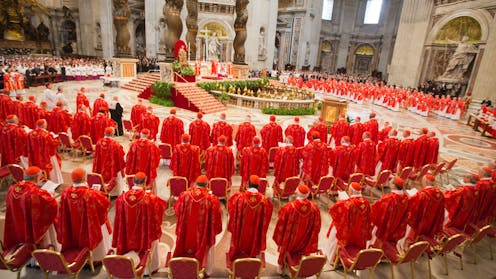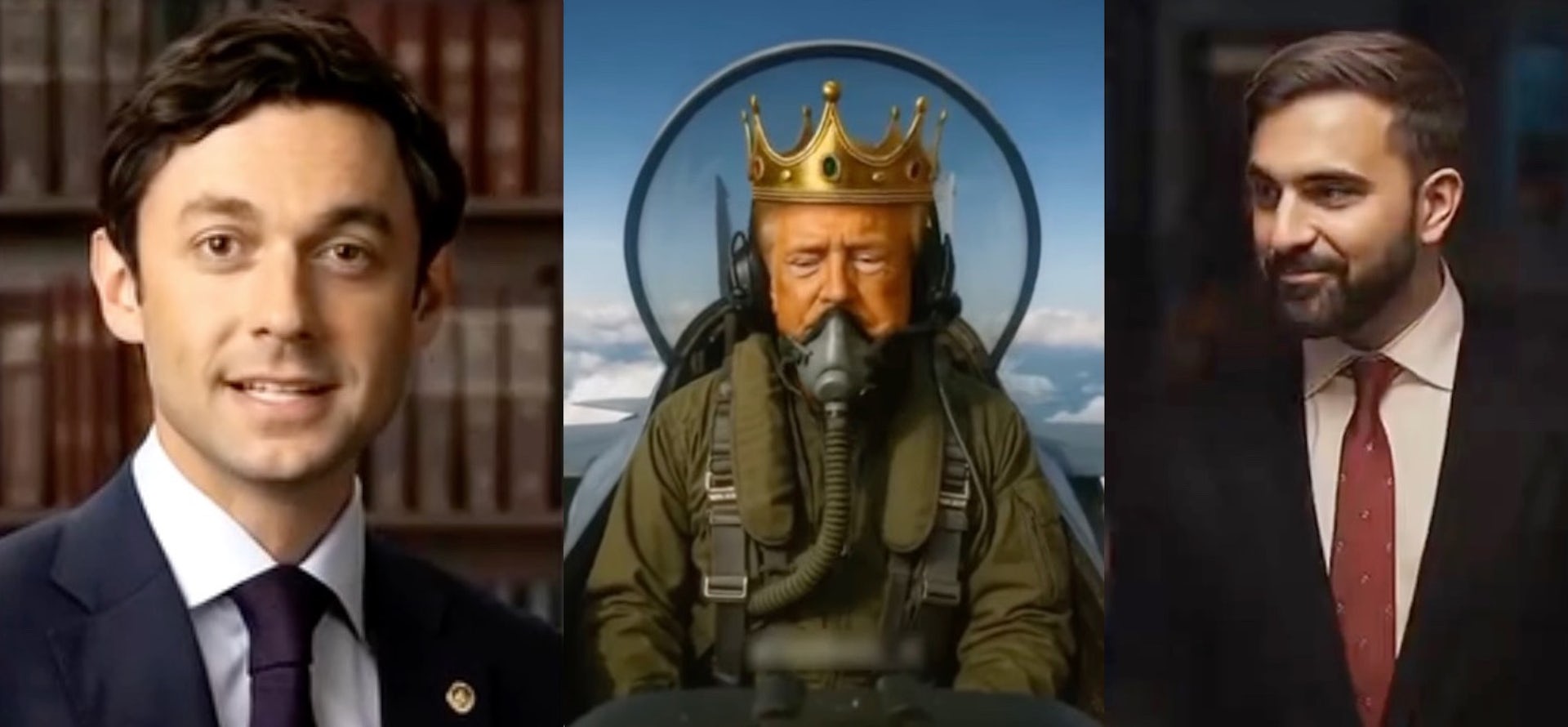Pope Francis filled the College of Cardinals with a diverse group of men – and they’ll be picking hi
Pope Francis appointed a significant number of cardinals from the Global South. Among the 135 cardinals currently eligible to vote in the papal conclave, 82 are non-European.

Following the death of 88-year-old Pope Francis on Easter Monday, several cardinals who were already in Rome, or who traveled only short distances to arrive, held the first of several meetings – general congregations – to discuss preparations for the papal funeral and the election to follow.
The College of Cardinals – which will elect the next pope – has 252 members, but only 135 can vote. Only those younger than 80 as of the day of a pope’s death may cast a ballot. Theoretically, church law allows the College of Cardinals to elect any Catholic man in the world to become the next pope – but in reality, as has been the case for more than 600 years, one of those cardinal-electors will almost certainly be Francis’ successor.
As a specialist on medieval Catholicism and worship, I have studied how the role of cardinals has developed over time and how it has changed in the 20th and 21st centuries.
How role of cardinals evolved
During the early centuries of Christianity, three classes of ordained minsters came about to lead and serve Christian communities: bishops, priests and deacons.
Bishops supervised local church communities and presided at liturgical ceremonies in the main churches – cathedrals. Priests advised the bishops and led individual communities – parishes. Deacons tended to the needs of the poor, widows and orphans and took care of community finances. They also had a special role during some worship services and often acted as the bishop’s secretaries.
Over time, seven of these deacons in key Roman churches served as special advisers to the bishop of Rome, the pope. They came to be called cardinals, from Latin “cardo” – meaning hinge – and “cardinalis” meaning key or principal. Later popes would choose priests and bishops to be cardinals as well.
Electing the pope
In the earlier centuries, popes would be elected by the clergy and people of the city of Rome. As time went on, these elections could be manipulated by local civic leaders, wealthy families and political leaders outside of Rome and Italy.
It was not until the 11th century that Pope Nicholas II formulated a process for selecting a new pope: election by an assembly of cardinals. However, it was not always possible for all the cardinals – known as the College of Cardinals – to come together, due to age, illness or distance. Those who had to travel long distances might arrive too late to vote.
In order to avoid continued outside interference, Pope Gregory X in the 13th century adopted a new procedure: the conclave. Cardinals would remain in a locked location – from the Latin cum clave, “with a key” – in isolation from outside influences until the election concluded.
The rules governing the conclave changed slightly over the years. The leader of the College of Cardinals is called the dean of the college. Over the centuries, his duties have come to include organizing the conclave, assisted by other Vatican officials. The size of the college has also varied over time but has steadily increased despite efforts to limit its size.
Starting in the 19th century, popes began expanding the size and geography of the college. Once dominated by European and especially Italian cardinals, popes began to choose new cardinals from different areas of the globe. For example, the first cardinals born in North America were named: John McClosky, archbishop of New York, was named cardinal in 1875; James Gibbons, archbishop of Baltimore in 1886, and Elzéar-Alexandre Taschereau, archbishop of Quebec, also in 1886.

The expansion of the college gathered momentum in the mid-20th century. The first native-born bishops from Asia were named at this time – for example, from China in 1946, Japan and the Philippines in 1960, and Sri Lanka in 1965. The first native-born cardinals of both Mexico and Uruguay were named in 1958, and the first native-born African of modern times, from Tanzania, was named in 1960. Popes continued this trend through the later 20th and early 21st centuries.
Different visions
By the time of his death, Francis had named a large number of new, non-European cardinals, especially from the Global South, where Catholicism is expanding. Currently, out of a total of 252 cardinals, 138 are non-European. Importantly, out of a total 135 cardinals eligible to vote, 82 are not from Europe, which makes a record number of non-Europeans eligible to vote.
In addition, at this conclave, 80% of the cardinal-electors have been named by Francis: that is 108 cardinals out of 135. This is an overwhelming number, representing a wide variety of Catholic communities from several different cultures. A new pope must be elected with a two-thirds majority of the votes: a total of 90 votes. If no candidate receives 90 votes, balloting continues as scheduled.
As I see it, there are several issues likely to arise and influence the vote for the upcoming election. Some of the cardinal-electors may want to choose a cardinal with more progressive views. But other cardinals, even if chosen by Francis, still might prefer to choose a more conservative candidate, to moderate what they see as the progressive agenda of the past 12 years. Their appointment by Francis doesn’t mean that they automatically agree with all of his ideas.
In addition, specific issues facing the church will also shape opinions. Perhaps the most important include dealing with the scandal of clergy sexual abuse cases; the role of women in the church; and the treatment of immigrants and other instances of economic and social injustice.
Catholics around the world will be praying for the Holy Spirit to guide the hearts and minds of the cardinals as they fill out their ballots. Many will hope for a pope as inspiring as his predecessor, one who can face the challenging problems of an increasingly complex world.
Joanne M. Pierce does not work for, consult, own shares in or receive funding from any company or organization that would benefit from this article, and has disclosed no relevant affiliations beyond their academic appointment.
Read These Next
AI’s errors may be impossible to eliminate – what that means for its use in health care
Many health symptoms can be caused by multiple illnesses – if AI can’t tell the difference between…
AI-generated political videos are more about memes and money than persuading and deceiving
Don’t discount the threat of AI political videos fooling people, but for now, they’re mostly about…
Polytechnic universities focus on practical, career-oriented skills, offering an alternative to trad
Polytechnic universities try to incorporate skills-based learning into education.




